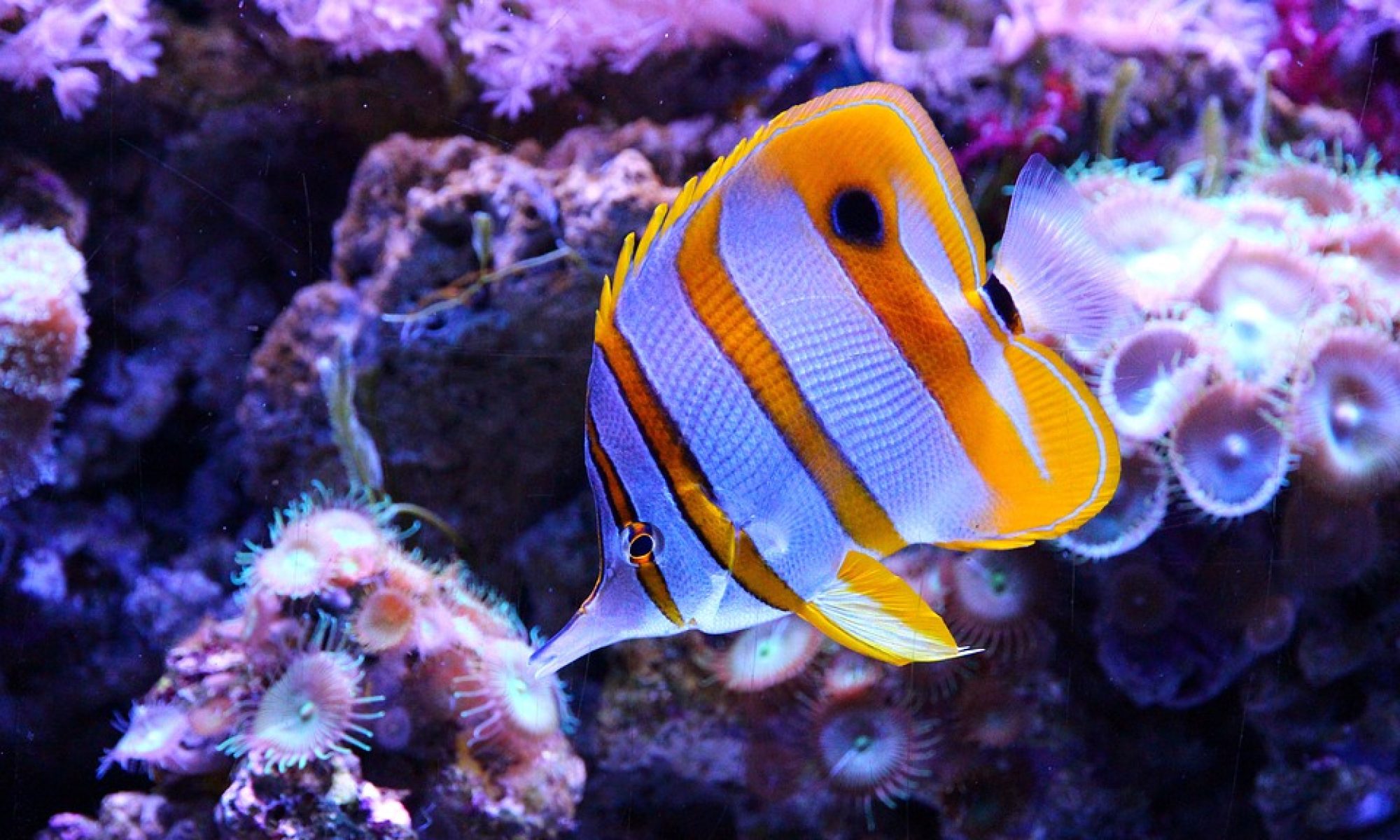Peppermint Shrimp (lysmata wurdemanni), also known as Candy Cane Shrimp or Caribbean Cleaner Shrimp, is a freshwater shrimp.
Peppermint Shrimp originate from the Caribbean and the Gulf of Mexico. They became popular in home aquariums after being discovered in 1850. They grow approximately 1.5 inches (4cm) long. However, females may grow larger than males.
These shrimp are rather more expensive than other species and are often purchased as ”feeders” for larger and more aggressive fish. They are sold at local pet stores and larger chain stores. These shrimp cost from $5- $10 each.
They are also used as fishermen ́s bait, although their population creates a massive complication for the fishing industry since they are considered pests to aquaculture.
Peppermint Shrimp are very fun to watch. They can be seen more easily with a dark background and black gravel. They are translucent creatures with bright red stripes which make them very attractive.
| Category | Rating | |
| Minimum tank size | 10 gallons minimum | |
| Tank set-up | Live plants, cave | |
| Family | Hipolitydae | |
| Temperament | Peaceful without other Shrimp | |
| Care | Easy | |
| Scientific name | Lysmata wurdemanni | |
| Lifespan | 2 years or more | |
| Size | 2 inches | |
| Diet | Omnivore |
Peppermint Shrimp Tank Temperature + Set-Up
Peppermint Shrimp can take different temperatures, but keep in mind that they can die if they do not feel comfortable with the temperature or environment.
The water in a Peppermint Shrimp’s tank should be 72-82 degrees Fahrenheit.
Peppermint Shrimp can live in fishbowls without any filtration system but the water has to be 75-82 °F. Certain other species of shrimp, as well as placid fish, can live with Peppermint Shrimp.
For these shrimp to live comfortably they require plants and many places to be obscure when their skin molts. Including sand in the tank allows your shrimp to make burrow to feel secure. Adornment and rocks can create hiding places for the shrimp.
You should not imperil your shrimp by overstocking the tank. Ammonia, nitrite, and nitrate levels always need to be monitored, and water must be changed regularly to ensure the correct level of chemicals is controlled.
Ideal water parameters for Peppermint Shrimp/ Glass Shrimp
Ammonia and Nitrite: 0
Nitrate: 80 ppm
Temperature: 75℉-82℉ (25℃-28℃)
pH: 8.1- 8.4
dKH:8-12°
Peppermint Shrimp diet and feeding
Peppermint Shrimp aren’t fastidious about food, they are speedy eaters. They like algae and dead plant detritus. They prefer food that has not been eaten by others. Peppermint Shrimp sometimes practice cannibalism of other shrimp that have died. These shrimp need to have places to hide when molting, even from each other. They are very vulnerable and susceptible while molting so it’s easier for them to get stressed.
It’s recommended to feed them pabulum with calcium because the calcium is indispensable for healthier shells. Like many other fish, they swim up to the top and pluck bits of food out of the water. Larger shrimp always feed before the tinier ones.
Breeding Peppermint Shrimp
Female Peppermint Shrimp can carry 20-30 diminutive green-grey eggs on their legs It’s better to have two different tanks: the breeding tank and the main tank. Females can be spotted once they have matured because they grow larger than the male. The female shrimp develop a green saddle below their stomach.
You should move the burrowing females into the breeding tank before their eggs hatch. The breeding tank should have a sponge filter so that none of the adolescent shrimp get sucked in by the equipment. In the breeding tank, there should be plant debris and algae to feed the larvae and females.
Peppermint Shrimp in a healthy stress-free environment will breed. It takes twenty-four days for a female Peppermint Shrimp to give birth to her larvae. The larvae grow into adolescent Peppermint Shrimp.
Peppermint Shrimp Anatomy
The Antenna
Peppermint Shrimp have two pairs of antennae with one pair longer than the other pair. Like other sea creatures, the antenna, shrimp them navigate through the water, communicate with other Peppermint Shrimp. This gives the head a distinctive look from the other Peppermint Shrimp.
Cephalothorax
The cephalothorax is the large front section of the Peppermint Shrimp body. cephalothorax means “Head Chest”.
In front of the section of the Peppermint Shrimp’s body is the “Rostrum”. The rostrum gives the head a distinctive form that is similar to the one of a lobster or crayfish.
On either side of the Peppermint Shrimp’s Rostrum, there is a stalk that can move.
This is the way they can keep an eye on predators.
Behind the Peppermint Shrimp’s eyes, there is a part called the Carapace. This is a big section of the shell that covers its Cephalothorax, the heart, stomach, and gills.
The Carapace is transparent so you can see all the food going into their insides. It is quite gross but still amazing!
Abdomen
The abdomen consists of muscles covering the intestines. The Peppermint Shrimp’s abdomen is overlapped with seven shells which allow the Peppermint Shrimp to be flexible so that it can curl its tail.
Underneath the abdominal area, there are five pairs of legs so that the Peppermint Shrimp can move around and swim.
The last section of the abdomen is the Telson. Four pieces of shell called Uropods fan out from each side of the tail.
Compatibility with other sea creatures
The Peppermint Shrimp is not just compatible with peaceful fish. Many shrimp are also compatible with Peppermint Shrimp, including:
Bamboo Shrimp- Atyo Peppermint Shrimpis – It is native in Asia
Vampire Shrimp – Atya gabonensis – It is native in West Africa
Cherry Shrimp- Neocaridina davidi – It is native in Taiwan
Amano Shrimp- Caridina multidentata – It is native to Japan and Taiwan.

